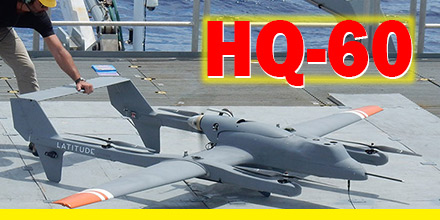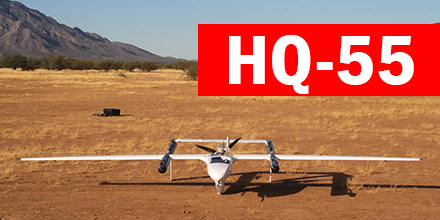
We know more about the universe than we do about the oceans.
As such, it is no surprise that researchers are looking for new ways to understand the ocean.
Of particular interest is the sea surface microlayer (SML) which is identified as the top 1 millimeter of the ocean surface.
Removing the mystery
The SML is where all gas exchange between the atmosphere and the ocean occurs. However, the processes that control carbon dioxide transport and transformation in oceans remain largely unknown.
To better understand the overall health of the ocean, scientists need to model the transfer of gases between the atmosphere and the ocean. Such a model would allow for the creation of regional and global budgets of carbon, nutrients and pollutants.
When waves break on the surface of the ocean, mixing occurs. This allows gas from the atmosphere to enter the water and water from the ocean to enter the atmosphere.
Scientists know a lot about mixing at wind speeds between 6 and 30 knots. However, there is still much to discover at lower speeds.
Flat water working conditions
The SML is an oily film which is more prevalent when the water is calm. In flat water conditions it is fair to suspect that the micro-layer suppresses waves and decreases mixing.
This is why the science team on the R/V Falkor journeyed to the flat water conditions found off the coast of Darwin, Australia.
One reason so little is known about the SML is that the mere presence of the boat disturbs the microlayer, making it nearly impossible to get accurate, untainted data.
Studying this microlayer entails a few challenges. Research vessels must travel far out into the ocean to find flat water conditions. And, once there, the research equipment must operate away from the boat to get undisturbed Microlayer data.
So, how does a researcher collect ample undisturbed SML data and not blow the budget?
Enter Latitude and the HQ-60's real-world-tested VTOL capabilities.
HQ-60 hybrid VTOL
Based on previous work with NOAA and the R/V Oscar Elton Sette off the coast of Hawaii, the Latitude team was up to the task.
The unique design of the HQ-60 enables vertical take off and landing. Thus, the small footprint of the R/V Falkor was not an issue.
Furthermore, HQ-60 operators programmed the vehicle to perform a specific flight pattern at various elevations. This program ensured that the vehicle could replicate the pattern as often as needed.
The HQ-60's maximum payload capacity of 20 lbs. put the researcher’s skills to the test. However, three years of effort culminated in a custom design which fit into the HQ-60’s payload bay.
Payload choice
Researchers selected Hyperspectral cameras to record varying colors of the water in high wavelength resolution.
By correlating ocean colors with the chemical and biological composition of the samples, the team linked oceanic processes with the color spectrum of seawater.
With this information, researchers can use satellite imagery to calibrate ocean color and connect them to specific biochemical processes.
The HQ-60, can map vast ocean areas with no disturbance. Plus, the HQ-60 performed these operations at very little cost and at unprecedented speed, rate and efficiency.
The operation
The team prepped the HQ-60 and, using its VTOL systems, launched from a 40 foot by 40 foot area.
Once it autonomously transitioned to forward flight, the aircraft remained near the ship as system functionality
Upon completion of the system check, the aircraft traveled up to 6 miles away to take readings of the SML over undisturbed water. Typically, data collection operations lasted 3 hours.
Once completed, the aircraft traveled back to the ship, completed a final systems check and landed on the deck of the Falkor.
The unique design of the HQ-60 -- with its compact size, payload capacity and flight endurance -- makes it a reliable solution for a variety of missions.
Find out more about Latitude Engineering's
HQ-40 and
HQ-60 at Unmanned Systems Source.
 The HQ-55, the newest airframe from Latitude Engineering, recently completed a successfully flight.
The HQ-55, the newest airframe from Latitude Engineering, recently completed a successfully flight.
 We know more about the universe than we do about the oceans.
As such, it is no surprise that researchers are looking for new ways to understand the ocean.
Of particular interest is the sea surface microlayer (SML) which is identified as the top 1 millimeter of the ocean surface.
We know more about the universe than we do about the oceans.
As such, it is no surprise that researchers are looking for new ways to understand the ocean.
Of particular interest is the sea surface microlayer (SML) which is identified as the top 1 millimeter of the ocean surface.
